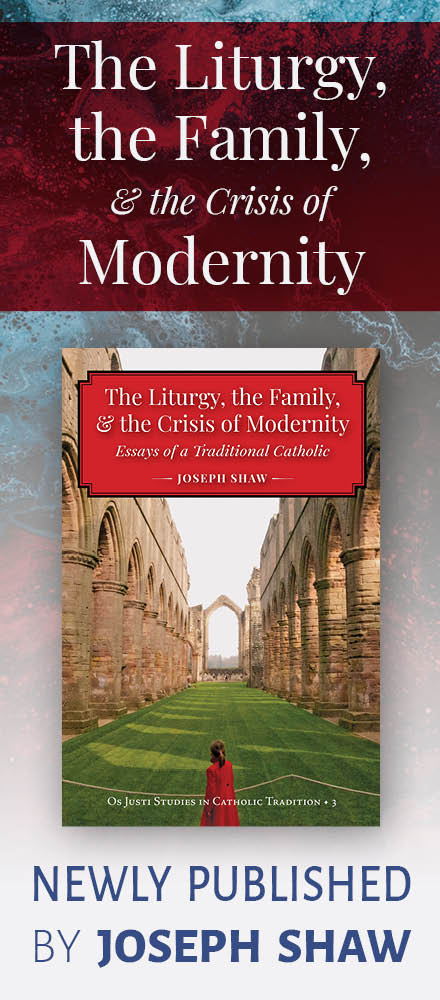As most people are no doubt aware, the 1962 Missale Romanum does not have weekday lections, except during Lent. This Lenten weekday cycle can be traced back over a thousand years, to the 8th-9th centuries, with the Comes of Alcuin and the Murbach Lectionary as its main sources.
One might have thought that the post-Vatican II reformers in the Consilium would have taken this ancient series of readings and merely augmented it. They could have kept the vast majority of the weekday readings in their traditional places, and, for the Sundays of Lent, kept the readings from the 1962 Missal as Year A (adding an Old Testament reading), while crafting Years B and C anew from 'neglected' parts/books of the Scriptures.
However, this is not what happened. Instead, just like the collects, offertory and post-communion prayers [1], the readings for the Lenten ferias were drastically reorganised and changed. The following table visualises just how different the two Missals are in this regard:
Comparison of Proper of Time for Weekdays in Lent (1962/2002 MR) (PDF)
In the past few years, there have been a number of books published that compare the proper prayers of the 1962 and 2002 Missals, and that also examine the Consilium’s process of reforming the Ordo Missae [2], although this scholarly work is only just beginning. However, in terms of comparing the readings of the two Missals, and looking in more detail at the work of Group 11 of the Consilium (who were responsible for designing the lectionary of the Ordinary Form), this work has yet to properly begin. The table above is provided in part to facilitate this sort of work. It would be interesting to see whether some of the observations made by, for example, Pristas about the Lenten collects also hold for the reform of the Lenten readings, as well as how Sacrosanctum Concilium 109-110 may have affected their reform.
[2] As well as the aforementioned work of Pristas, there is also Patrick Regan's Advent to Pentecost: Comparing the Seasons in the Ordinary and Extraordinary Forms of the Roman Rite (Collegeville, MN: Liturgical Press, 2012). I found Regan’s book a little disappointing, though; I hope to explain why in a future post. Some direct comparisons of the 2002 MR post-communion prayers with their sources (for the Proper of Time and Proper of Saints) are available from my blog Lectionary Study Aids. Maurizio Barba’s work La riforma conciliare dell’« Ordo Missae » (Rome: Centro Liturgico Vincenziano, 2008, 2nd edn) reproduces the (Latin) minutes of Group 10 of the Consilium, who were in charge of the reform of the Order of Mass, and is thus absolutely vital reading for those who want to know more about that process.




















